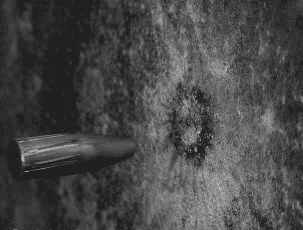How This Indian Trader Wiped Off $1 Trillion From US Market:Navinder Singh Sarao

By
Joker23
in Stock Market and Finance
-
-
-
-
Tell a friend
-
-
Most viewed in last 30 days
-
 0
0gaurav0035 · Started
-

-

-

-

-

-

-

-

-

-

-

-

-

-

-

-

-

-

-

-

Recommended Posts
Join the conversation
You can post now and register later. If you have an account, sign in now to post with your account.